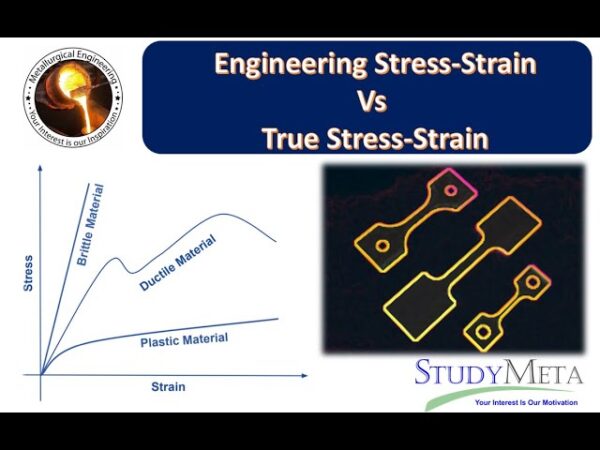3 key properties of Steel in Civil Engineering
Steel possesses versatile mechanical, physical and chemical properties. properties of steel can be tailorable to meet diverse infrastructure demands. Optimizing steel selection requires understanding critical performance factors related to composition, processing history and microstructure. This article outlines key steel properties and modification principles guiding fit-for-purpose material choices. Mechanical Properties of Steel – Types Steels achieve…


